Lotte Super - Gongdeok Branch [Tax Refund Shop] (롯데슈퍼 공덕점)
5.5Km 2024-04-23
109, Mapo-daero, Mapo-gu, Seoul
-
Jeongdong Guksi (정동국시)
5.5Km 2024-06-19
5 Jeongdong-gil, Jung-gu, Seoul
02-732-0114
Jeongdong Guksi features a rich soup with a clean taste, created by carefully removing the oil dozens of times while boiling Korean beef bones for 15 hours. The restaurant uses this same beef bone broth in their mandutguk (dumpling soup), something not many restaurants do. The rich flavor of the broth combined with the soft dumplings, made in-house daily, is a must-try. The restaurant is also surrounded by many cultural and artistic spaces, making it a great addition to tours in the area.
We Trip Korea ((주)우리클럽관광개발)
5.5Km 2025-07-07
(101-1204, Lotte Castle President), 467 Gongdeok-dong, Mapo-gu, Seoul
We Trip Korea was established in 2011 and has been successfully attracting international travelers for 13 years. Our company is dedicated to promoting and showcasing our travel products through extensive overseas sales efforts. We actively collaborate with various online travel agencies (OTA) to offer a wide range of travel products that align with current trends. As a professional and customized travel agency, we cater to all types of events, from standard packages to incentive trips, Meetings, Incentives, Conferences, Exhibitions (MICE), medical tourism, VIP services, and personal travels. When you choose our company, you can expect prompt and accurate tailored bookings to meet your specific needs.
Seoul Museum of History (서울역사박물관)
5.5Km 2025-01-17
55 Saemunan-ro, Jongno-gu, Seoul
Seoul Museum of History covers everything about Seoul's history and culture from the prehistoric era to modern times, focusing especially on the Joseon era. The museum aims to raise cultural awareness and build a strong bond within the community by collecting, preserving, researching, and displaying artifacts and materials related to Seoul as well as promoting the city's history and culture to an international audience.
Ground Seesaw Seochon (그라운드시소 서촌)
5.5Km 2023-01-17
18-8, Jahamun-ro 6-gil, Jongno-gu, Seoul
Ground Seesaw is a cultural complex located in Seochon, Jongno presented by Media & Art, an exhibition production company, and designed by SoA, an architecture firm, and Loci Studio, a landscaping studio. Visitors are able to check out a variety of exhibits at Ground Seesaw Seochon.
Seochon Village (서촌마을)
5.5Km 2024-12-02
45 Pirundae-ro, Jongno-gu, Seoul (Nuha-dong)
Seochon Village is the name given to the area to the west of Gyeongbokgung Palace. It is a historic village, home to old shops and hanok buildings that have stood the test of time. Korean traditions and contemporary sensibilities coexist within Seochon Village’s maze-like alleyways, creating the unique ambience that makes the district so beloved. One can find shops, guesthouses, cafés, and restaurants in the village.
Yukjeon Hoekwan (역전회관)
5.5Km 2024-03-19
47, Tojeong-ro 37-gil, Mapo-gu, Seoul
+82-2-703-0019
Located in Mapo, Yukjeon Hoekwan is a Korean restaurant that has been selected for the Michelin Guide Seoul 2023. It has kept its original taste through four generations. The signature dish is the Bassak bulgogi (thin-sliced bulgogi), which is served without soup and has a moist juiciness, tender texture, and not-too-sweet seasoning. Patrons have the option to other dishes including yukhoe bibimbap (beef tartare bibimbap), nakji bokkeum (stir-fried octopus), bossam (kimchi cabbage wraps with pork), and samhap (skate, pork, and kimchi combo). In addition, the handcrafted makgeolli (unrefined rice wine) made in their own brewery is a must-try.
Bijindo Haemulttukbaegi (비진도해물뚝배기)
5.5Km 2021-03-30
53, Seosomun-ro, Seodaemun-gu, Seoul
+82-2-312-2867
It is a place that many tourists, as well as office workers, visit. This seafood restaurant is located in Seodaemun-gu, Seoul. The representative menu is seafood hot pot.
GRANDHAND. Seochon (그랑핸드 서촌)
5.5Km 2023-08-21
14-2, Jahamun-ro 4-gil, Jongno-gu, Seoul
Lauched in 2014 at a small hanok in Bukchon Hanok Village, Korea perfume brand now has six stores around Seoul as well as a cafe brand KOMFORTABLE. With no adversements or online sales, GRANDHAND has preserved its roots for over 7 years. GRANDHAND. Seochon located between Gyeongbokgung Palace and various art museums has customers of all ages and nationalities.
Gallery Simon (갤러리 시몬)
5.6Km 2022-09-15
20, Jahamun-ro 6-gil, Jongno-gu, Seoul
+82-2-720-3031
Since its opening in April, 1994, Gallery Simon has continued to focus on promoting the beauty of modern art. Exhibitions include works from experienced artists as well as the works of budding artists, both from Korea and abroad. Select artists, referred to collectively as "Simon's Friends," have exhibitions annually. The changing collections allow the museum and featured artists to constantly strive for improvement and follow the changes in art over time.
![Lotte Super - Gongdeok Branch [Tax Refund Shop] (롯데슈퍼 공덕점)](http://tong.visitkorea.or.kr/cms/resource/64/2878364_image2_1.jpg)
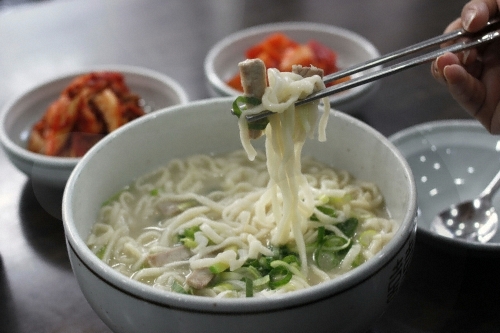

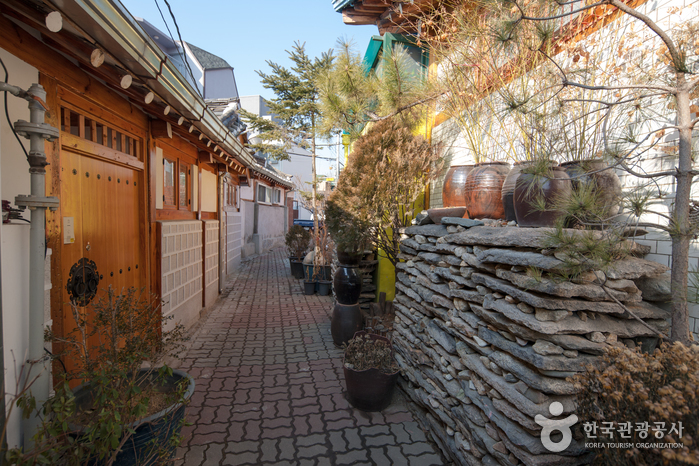
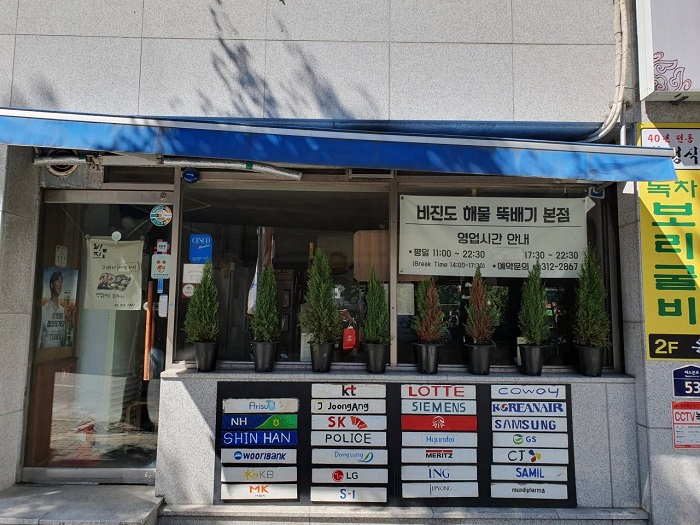
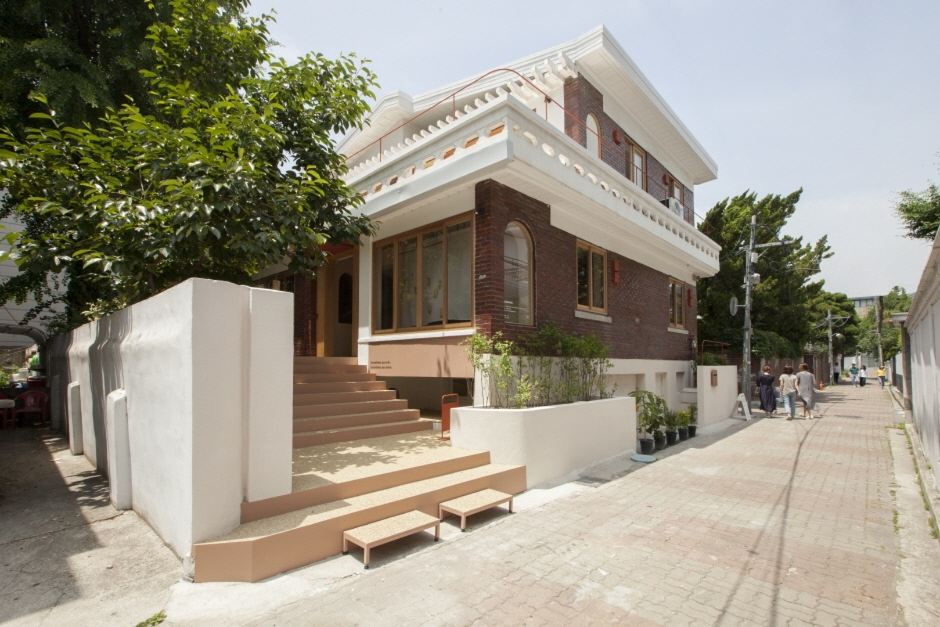
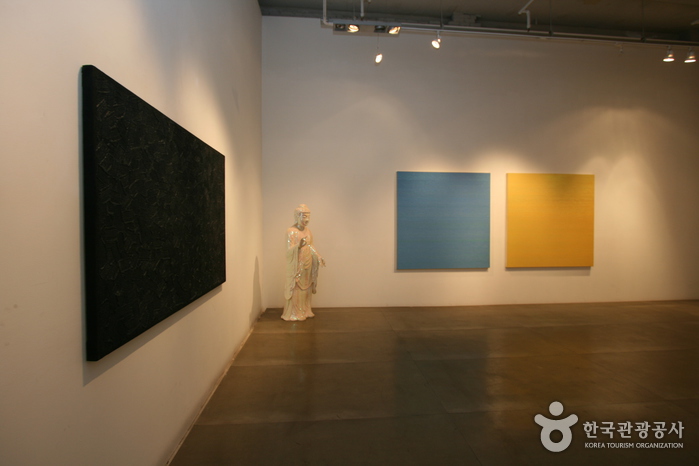
 English
English
 한국어
한국어 日本語
日本語 中文(简体)
中文(简体) Deutsch
Deutsch Français
Français Español
Español Русский
Русский